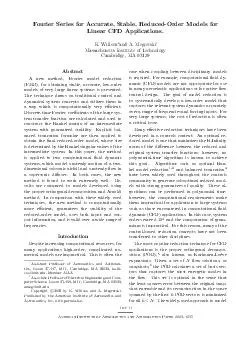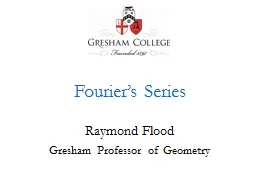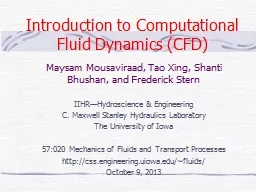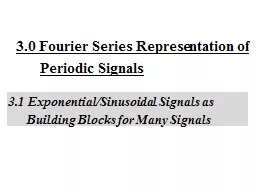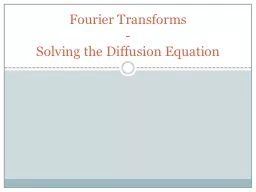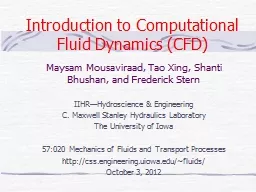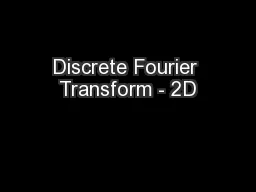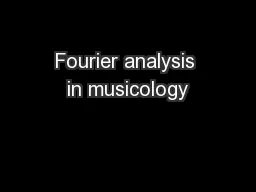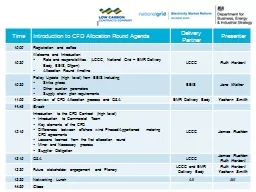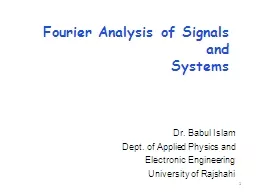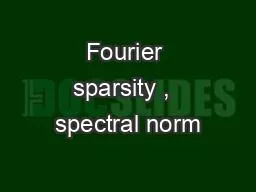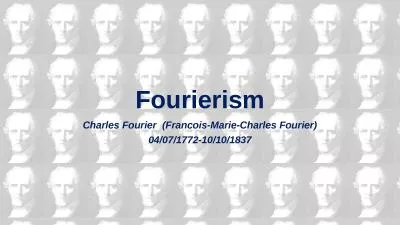PDF-Fourier Series for Accurate Stable ReducedOrder Models for Linear CFD Applications
Author : stefany-barnette | Published Date : 2014-12-25
K Willcox and A Megretski Massachusetts Institute of Technology Cambridge MA 02139 Abstract A new method Fourier model reduction FMR for obtaining stable accurate
Presentation Embed Code
Download Presentation
Download Presentation The PPT/PDF document "Fourier Series for Accurate Stable Reduc..." is the property of its rightful owner. Permission is granted to download and print the materials on this website for personal, non-commercial use only, and to display it on your personal computer provided you do not modify the materials and that you retain all copyright notices contained in the materials. By downloading content from our website, you accept the terms of this agreement.
Fourier Series for Accurate Stable ReducedOrder Models for Linear CFD Applications: Transcript
Download Rules Of Document
"Fourier Series for Accurate Stable ReducedOrder Models for Linear CFD Applications"The content belongs to its owner. You may download and print it for personal use, without modification, and keep all copyright notices. By downloading, you agree to these terms.
Related Documents

